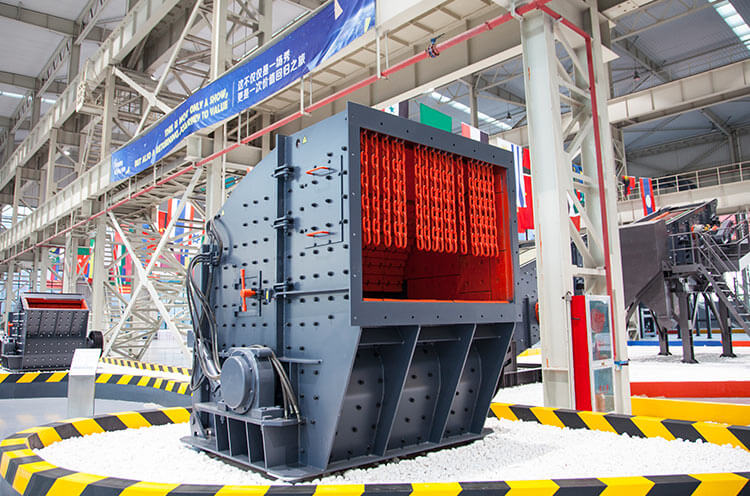How Rotor Design Impacts Impact Crusher Efficiency: Technical Analysis & Optimization Strategies
2025-09-25
Technical knowledge
Why is your impact crusher underperforming? This technical guide explores how rotor design directly influences crushing efficiency—from mass distribution and rotational inertia to impact kinetic energy. Based on real-world mining case studies, learn how to adjust rotor speed and hammer layout for different rock hardnesses and particle sizes. Discover common operational mistakes that cause downtime and how to fix them, plus a practical dynamic balancing technique for routine maintenance. Optimize for higher throughput, lower energy consumption, and reduced wear—without compromising reliability.

Why Is Your Impact Crusher’s Rotor Design Holding Back Efficiency?
You’ve invested in a high-quality impact crusher—but are you getting the throughput and energy savings you expected? The answer often lies not in the machine itself, but in how its rotor is designed and maintained.
The Hidden Link Between Rotor Balance & Crushing Power
Let’s cut through the noise: A poorly balanced rotor can reduce your crushing efficiency by up to 25%—not because the motor is weak, but because rotational inertia isn’t optimized for your material.
Here’s what happens when mass distribution is off:
- Excess vibration → premature bearing wear (costing ~$800–$1,200 per replacement)
- Inconsistent impact force → uneven particle size (reducing downstream processing efficiency)
- Higher energy consumption → 10–15% more kWh per ton processed
Match Rotor Parameters to Your Material — Not the Other Way Around
| Material Type |
Recommended Rotor Speed (RPM) |
Hammer Layout Strategy |
| Soft Rock (Limestone, Coal) |
1,000–1,300 RPM |
Even spacing, fewer hammers |
| Medium Hardness (Basalt, Granite) |
1,300–1,600 RPM |
Alternating staggered pattern |
| Hard Rock (Quartzite, Gabbro) |
1,600–1,900 RPM |
Dense, interlocking hammer clusters |
Ignoring these configurations leads to common mistakes like overloading the rotor or using too few hammers on hard rock—a mistake that causes 30% higher downtime in mining operations, according to a 2023 study from the Minerals Engineering Journal.
Avoid These 3 Operational Pitfalls That Cost You Money
- Skipping dynamic balancing after maintenance: Even a 50g imbalance at 1,500 RPM creates 3x more stress than acceptable limits.
- Using worn hammers without rotation: Uneven wear increases vibration and reduces output by up to 18% within 3 weeks.
- Assuming “more speed = better crushing”: Overspeeding can cause rotor fatigue failure—especially with brittle materials.
Pro tip: Run a simple dynamic balance test every 500 operating hours. It takes 30 minutes and prevents $5k+ in unplanned repairs.
If you’re still relying on intuition instead of data, it’s time to upgrade your approach. Every mine we’ve worked with—from Australia to Saudi Arabia—saw immediate gains once they started tracking rotor health like any other critical asset.
Ready to stop guessing and start optimizing?
Download Our Free Rotor Health Check Checklist (PDF)

